Understanding Steel Structure Design
Steel structure design is a specialized field that combines engineering principles and architectural aesthetics to create safe, efficient, and aesthetically pleasing buildings. As the construction industry evolves, the demand for steel structure design has surged, leading to innovative techniques and applications that continue to shape urban landscapes. This article explores the fundamental principles, applications, terminology, planning, codes, challenges, and future trends associated with steel structure design.
Fundamental Principles of Steel Structure Design
At the core of steel structure design lies a strong understanding of materials science, structural analysis, and engineering principles. Steel, known for its high strength-to-weight ratio and durability, serves as an ideal choice for a variety of structural systems. The following fundamental principles guide the design process:
- Load-Bearing Capacity: Every design must consider the loads the structure will experience, including static loads (weight of the structure itself), dynamic loads (effects of wind, earthquakes, etc.), and environmental factors.
- Material Properties: Understanding the mechanical properties of different types of steel is crucial for designing structural elements that meet safety and performance requirements.
- Stability and Elasticity: A well-designed structure should maintain its integrity under loading conditions. This is influenced by factors like geometry, connections, and material distribution.
Common Applications and Benefits
Steel structures are widely used in various types of constructions, each offering distinct advantages:
- Commercial Buildings: Steel’s versatility allows for expansive open spaces, making it a preferred choice for offices, shopping centers, and warehouses.
- Industrial Facilities: The ability to withstand heavy machinery and equipment loads makes steel ideal for factories and industrial plants.
- Bridges and Infrastructure: Steel’s durability enables the construction of long-lasting bridges and supporting structures for roads and railways.
The benefits of steel structures include quick assembly, reduced construction time, cost-effectiveness, and sustainability, owing to the recyclability of steel.
Key Terminology and Concepts
An understanding of steel structure design requires familiarity with specific terminology. Below are key terms often used:
- Beam: A horizontal structural member that supports loads.
- Column: A vertical member that transfers loads from beams and slabs to the foundation.
- Truss: A framework composed of members connected at joints to distribute loads effectively.
- Joint: The connection between structural members, which may play a critical role in the overall stability of the structure.
Planning and Analysis in Steel Structure Design
The planning and design process involves several critical steps that ensure a successful outcome. This phase can be broken down into three primary areas:
Initial Planning Stages for Projects
Effective planning lays the groundwork for a productive design process. Key considerations include:
- Project Scope: Clearly define the project goals, budget, and timeline to guide the design efforts.
- Site Analysis: Assess environmental conditions, ground conditions, and local regulations, as these will impact design decisions.
- Stakeholder Engagement: Collaborate with architects, engineers, and other stakeholders to ensure alignment on project objectives and priorities.
Load Analysis and Structural Integrity
Load analysis is crucial for determining how structures will respond to various forces. Engineers conduct thorough evaluations to ensure structural integrity:
- Dead Load: The static weight of all structural components.
- Live Load: Any dynamic loads applied to a structure, such as occupants, furniture, and equipment.
- Environmental Loads: Wind, snow, seismic forces, and thermal effects must be considered to ensure safety and stability during extreme conditions.
Software Tools for Design Optimization
Modern technology has transformed the design landscape, with software tools enhancing accuracy and efficiency in project delivery. Key tools include:
- 3D Modeling Software: Applications like AutoCAD and Revit allow for realistic visualization of designs, facilitating better decision-making.
- Finite Element Analysis (FEA) Software: This allows engineers to simulate how structures respond to loads and stresses.
- Building Information Modeling (BIM): Integrates various aspects of design, construction, and operation for a comprehensive view that enhances collaboration.
Design Codes and Standards for Steel Structures
Compliance with established codes and standards is non-negotiable in steel structure design. These regulations ensure safety, performance, and reliability across projects.
Commonly Used Design Codes
In the United States, several design codes guide the practice of structural steel design, including:
- AISC Design Specifications: Outlined by the American Institute of Steel Construction, these provide rules for designing structural steel buildings.
- ASCE Guidelines: The American Society of Civil Engineers sets forth design criteria for different loading conditions.
- IBC Standards: The International Building Code compiles regulations for various types of construction, promoting safety and efficiency.
Importance of Compliance and Safety
Adhering to design codes not only ensures compliance but also guarantees the safety and integrity of the structure throughout its lifecycle. Failure to follow these guidelines can lead to structural failures, costly rework, and legal ramifications.
Impact of Local Regulations on Design
Each locality may have unique regulations that affect design parameters. Understanding these nuances is vital for ensuring that projects meet jurisdictional requirements. Factors that may vary include:
- Seismic zone classifications.
- Wind speed and exposure categories.
- Historic preservation laws that may dictate materials or methods.
Challenges in Steel Structure Design
While steel structure design offers numerous benefits, it also presents unique challenges that professionals must navigate effectively.
Identifying Common Design Constraints
Designers often face constraints rooted in budget, time, and material availability. Common challenges include:
- Budget Limitations: Staying within budget is crucial, yet the market fluctuations of steel prices can create unexpected challenges.
- Project Timelines: Tight schedules may limit the time available for comprehensive design reviews and modifications.
- Technological Constraints: Familiarity with evolving technologies and methodologies is necessary to implement best practices in design.
Addressing Environmental Considerations
Current trends increasingly prioritize sustainability in design. Designers must navigate:
- Energy Efficiency: Incorporating energy-efficient materials and systems is essential for minimizing a project’s carbon footprint.
- Building Lifespan: Designing for durability, allowing structures to endure harsh weather conditions will influence material selection.
Innovation in Problem Solving
Creativity plays a critical role in overcoming design challenges. Engineers and architects are increasingly exploring<\/p>
- New Materials: Innovative composite materials may offer enhanced properties while maintaining sustainability.
- Modular Construction: Offsite fabricated components increase efficiency and reduce waste, helping to meet design and environmental challenges.
The Future of Steel Structure Design
The future of steel structure design is dynamic and promising, marked by innovations and a strong focus on sustainability.
Emerging Trends and Technologies
Steel structure design is continuously evolving. Notable trends include:
- Digital Twins: The use of digital twins enhances the ability to simulate and analyze structures in real-time, leading to improved performance and maintenance.
- Green Design: A focus on sustainable design practices promotes the use of recycled materials, reducing waste and minimizing environmental impact.
Advancements in Materials Science
Research in materials science continues to yield innovative steel alloys with enhanced properties, offering better performance and longevity:
- High-Strength Steels: These materials allow for lighter structures without compromising strength, leading to cost savings in both materials and potential foundation expenses.
- Corrosion-Resistant Alloys: Advances in protective coatings further extend the lifespan of steel structures, especially in harsh environments.
Prospective Innovations in Structural Design
As the construction industry embraces new technologies, several emerging ideas are shaping the future of structural design:
- Artificial Intelligence: AI can assist in optimizing designs based on predefined performance metrics and environmental conditions.
- 3D Printing: The potential of 3D printing in construction is vast, with the opportunity to create complex steel shapes and components with precision.
As steel structure design evolves, it remains an essential part of modern architecture, promising innovation, efficiency, and sustainability.
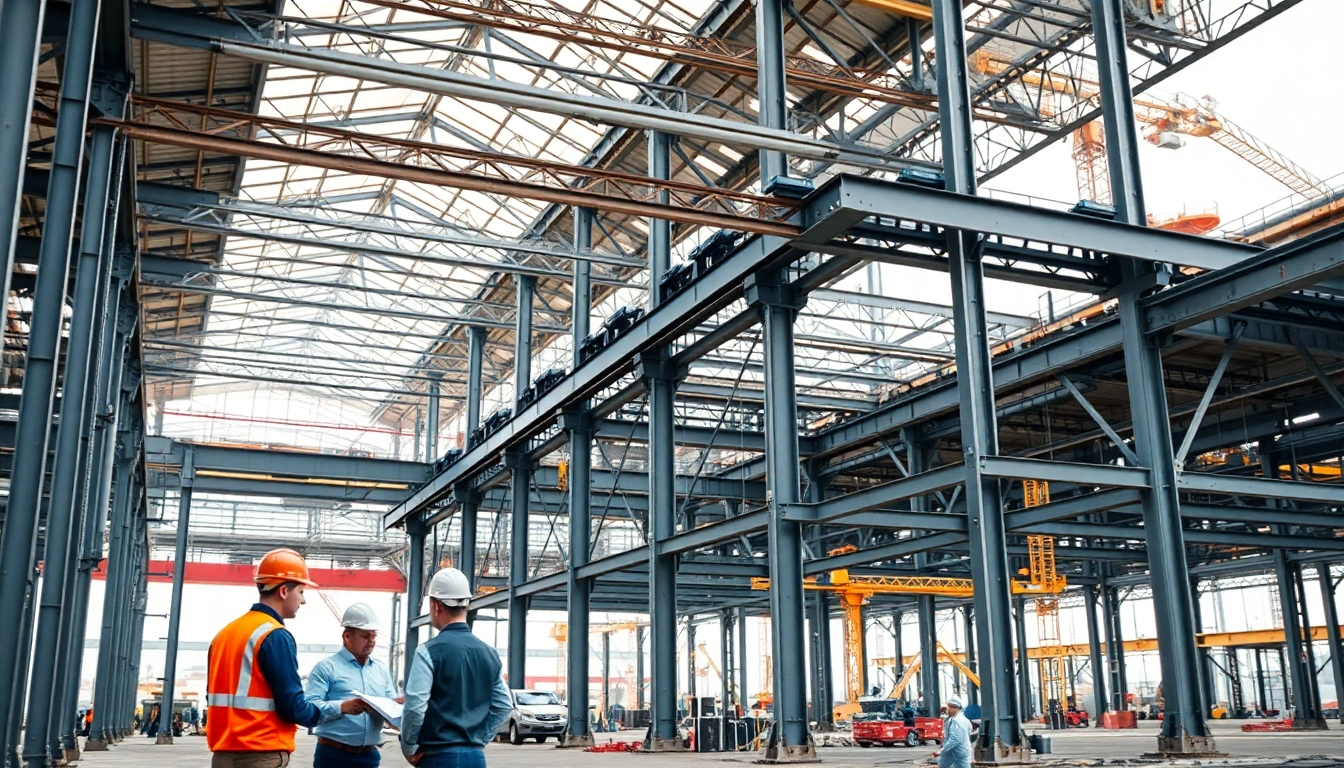
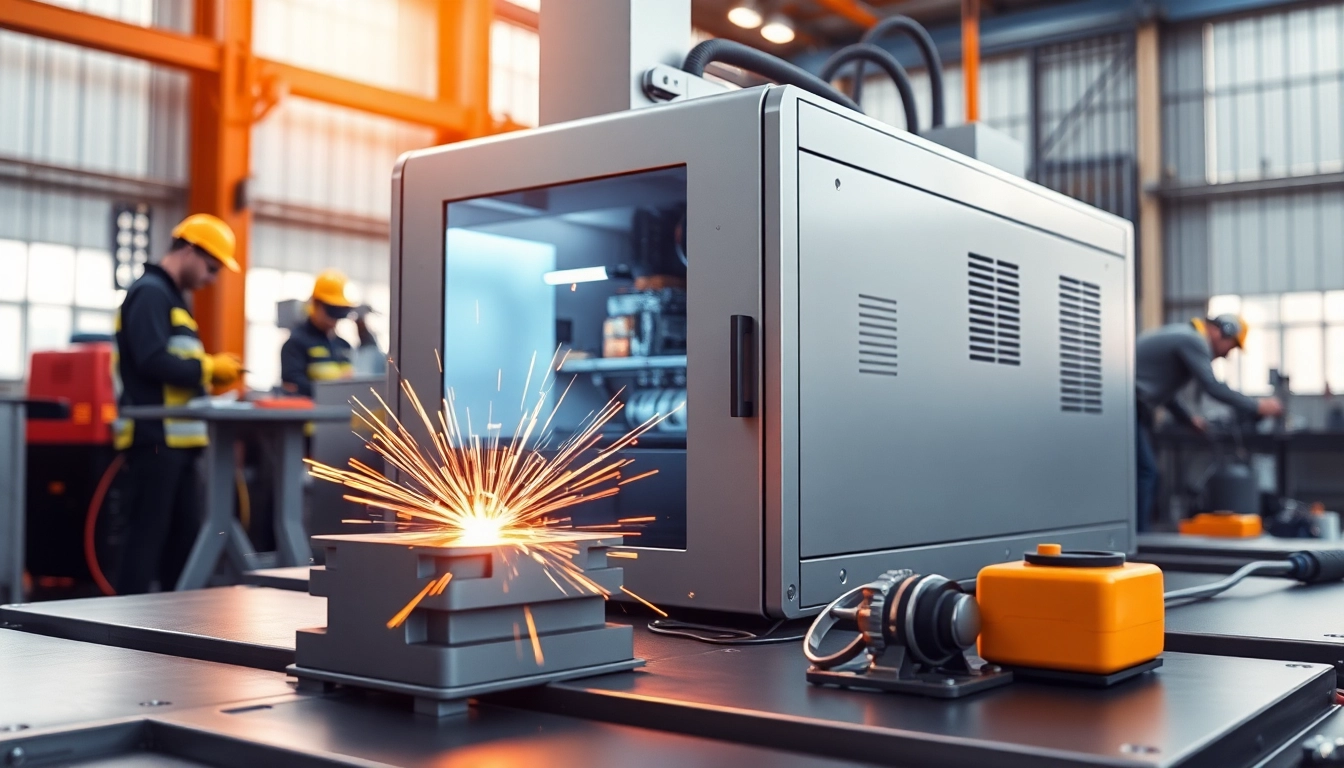
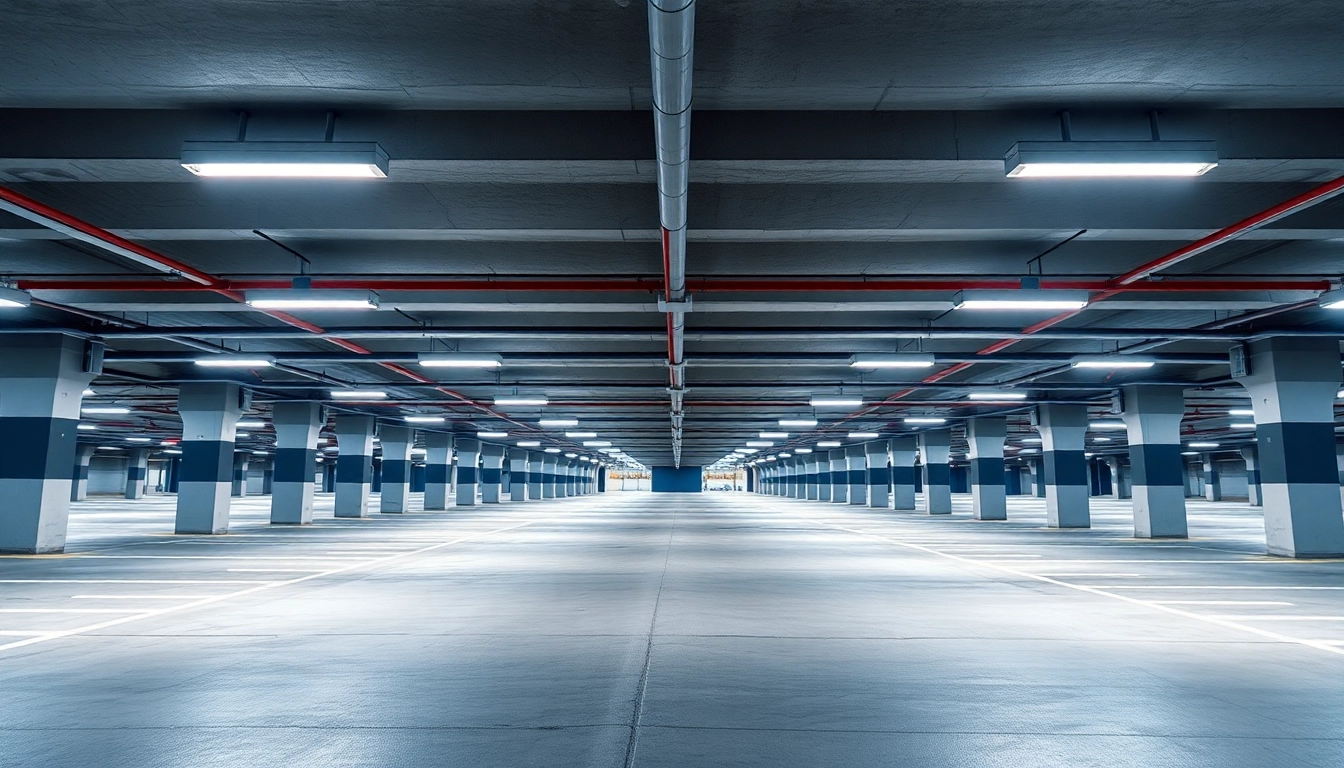


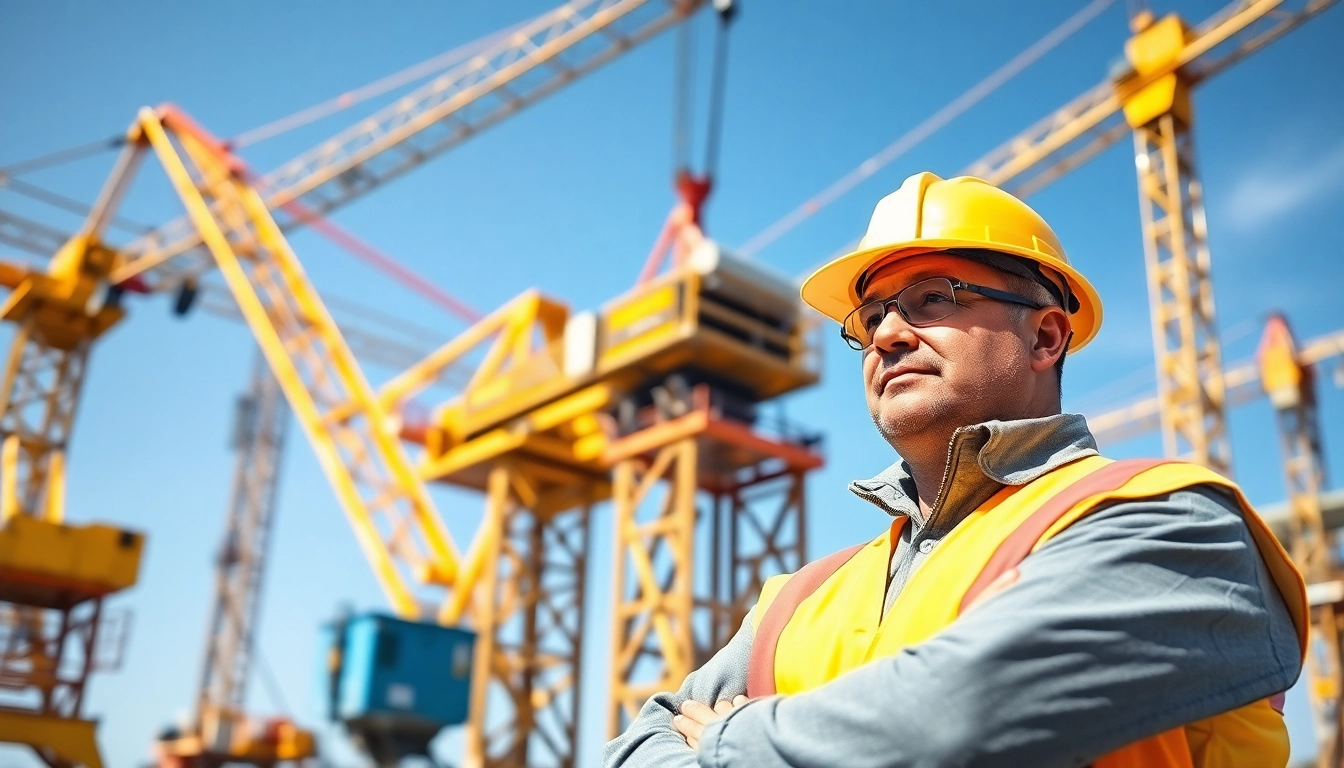
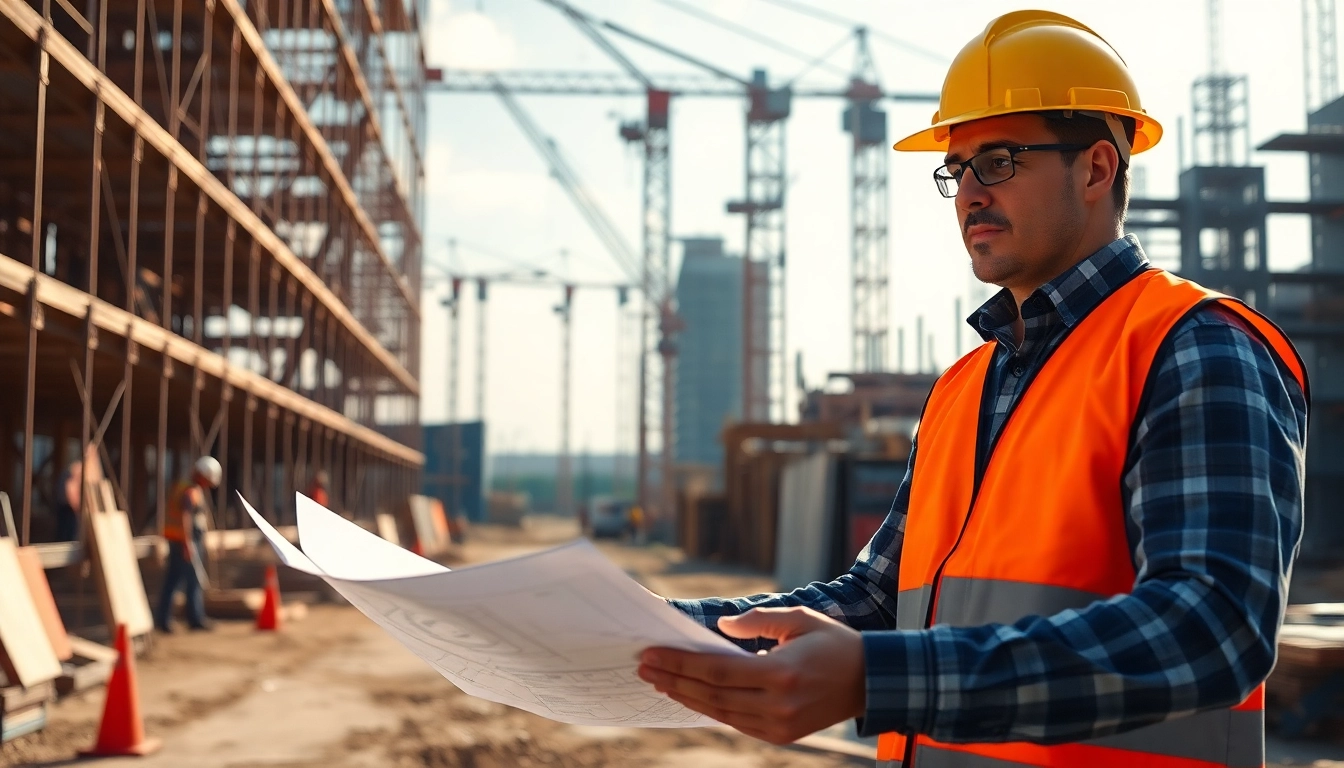

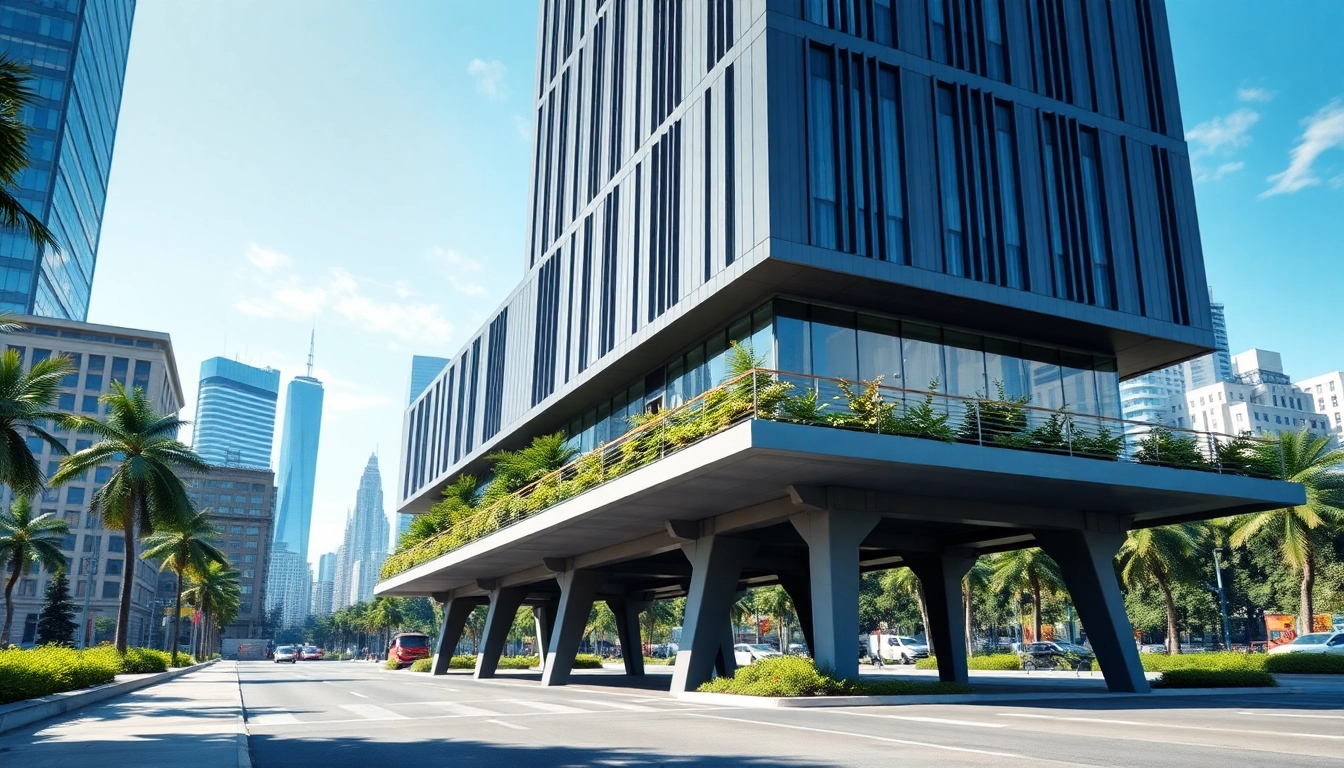
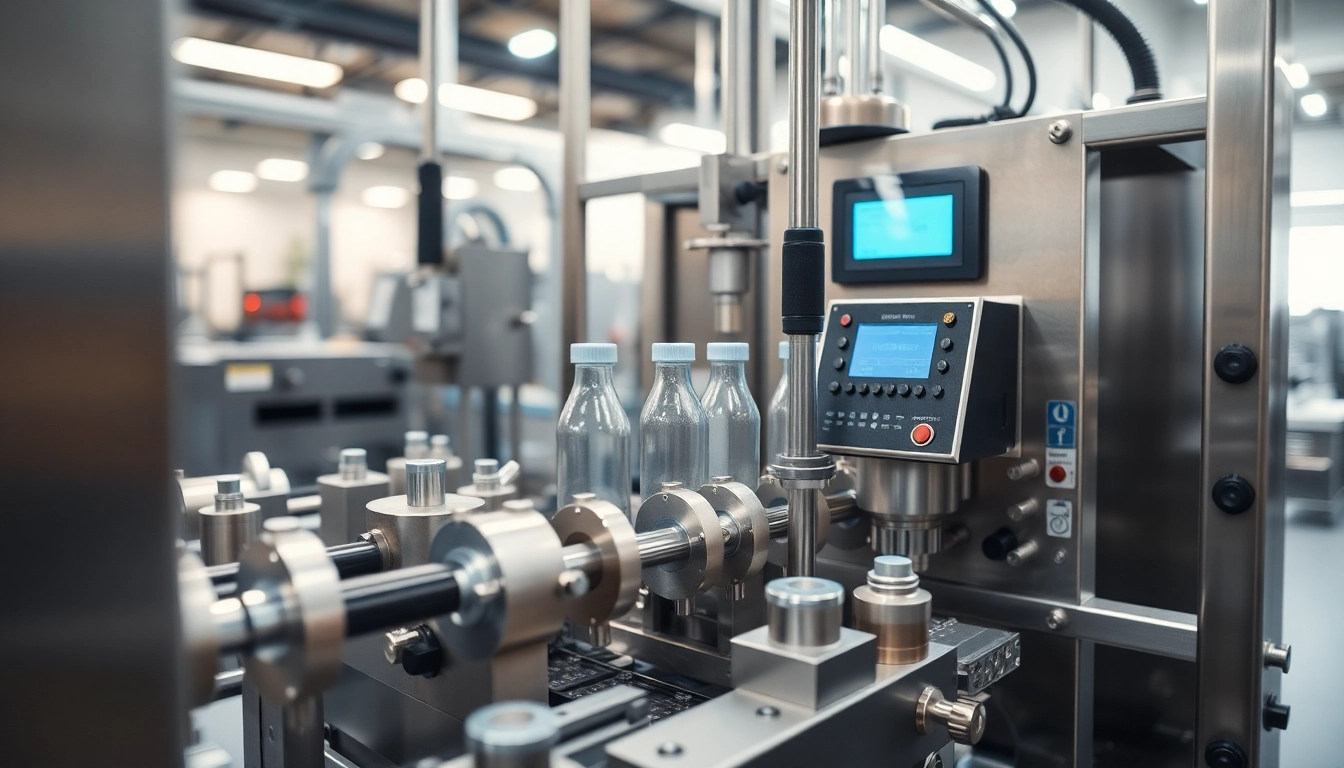





Leave a Reply